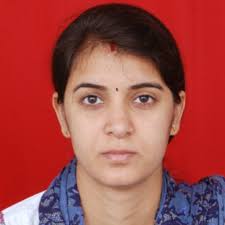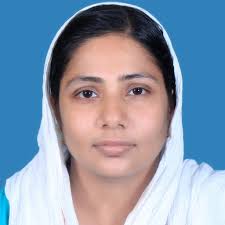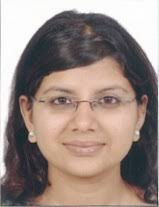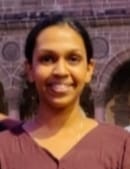

Ocean Carbon Cycle and Biogeochemistry of the oceans with a particular focus on the Indian Ocean
Global Oceans offers nearly a sink of 30% of the human-made CO2 in the present day. This sinking capacity of the ocean, together with the sinks provided by the terrestrial biosphere, sequestrates 50% of the total human-made CO2 per year in the contemporary world.
Under this theme, we investigate recent (last 50 years) carbon cycle variability of the upper ocean of the Indian Ocean. We use both observational-based data analysis as well as modeling of the ocean carbon cycle and biogeochemistry. We have a global ocean biogeochemistry model aimed to study the carbon cycle as a primary working tool. This model is called the Ocean Tracer Transport Model-BGC (OTTM-BGC). Further, we also have developed a tropical ocean biogeochemistry model coupled with NEMURO called ODTM-NEMURO. With these modeling tools, we investigate the Indian Ocean carbon cycle's variability for the past few decades, nutrient limitations, ecosystem variability, etc.
Tropical Oceanography and Regional Modeling
The Indian Ocean is an excellent laboratory to study physical processes. It is the shortest tropical ocean with a land-locked situation in the northern part. The monsoonal forcing experiencing over the Tropical Indian Ocean causes unique circulation and mixing patterns in the tropical Indian Ocean.
Under this theme, we investigate the small-scale processes in the upper ocean mixed layers, turbulence, various mixing schemes, parameterization of reversible versus irreversible mixings in the upper ocean, etc. We have developed a tropical dynamic-thermodynamic model known as ODTM and utilize it for studying the small scale processes governing the mixing in the upper ocean and its energetics.
Terrestrial Carbon Cycle and Inverse modeling
The bottom-up and top-down methods are two primary methodologies to find the surface-to-air exchanges of long-lived greenhouse gases such as CO2 and CH4. Our research focuses on the top-down approaches of optimizing the surface-to-air greenhouse gas exchanges (fluxes).
Under this theme, we have set-up an atmospheric CO2 inverse modeling framework using the TransCOM protocol. We utilize the NIES-TM atmospheric transport model for this purpose. We also do inversion based on the ensemble particle trajectories and high-resolution regional inversion based on particle trajectory models.
Indian Ocean Fisheries: Variability and Modeling
Approximately 30% of India’s marine fish production comes from the upwelling ecosystem, known to have various small pelagics, including Indian oil sardine (Sardinella longiceps). This species is the single largest contributor (~10 %) to India's total marine fish production. Out of this, ~ 45% comes from the Kerala coast (a part of the southwest coast of peninsular India).
Under this theme, we investigate the long term fishery landing variability on Indian west and east coasts. We also develop a Bioenergetic model to predict the wet-weight of the fish. Our primary focus is Indian oil-sardines.
Group Head
Members
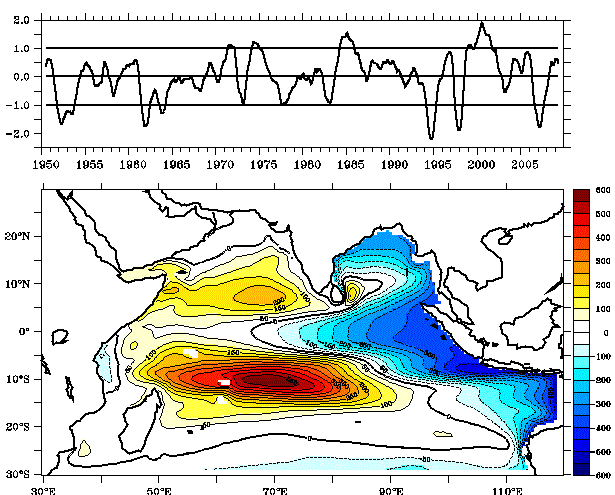
*** All scientific contents in this website are based on results from our own reseasrch . The author of this webpage is not responsible for any conflict of interest or content violation of any kind noticed by a third party at any circumastances ***

